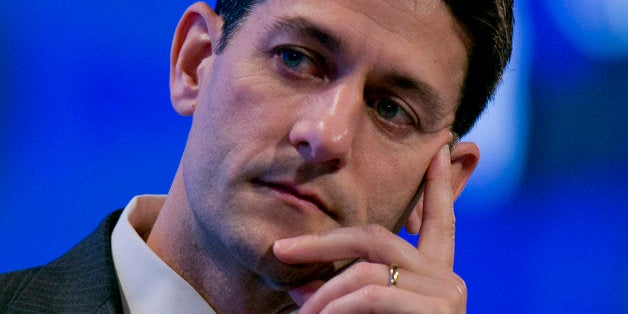
A few years ago, when the unemployment rate was near its peak, two Swedish economists, Stefan Eriksson and Dan-Olof Rooth, conducted an experiment. They wanted to find out just how hard it was to get a job if you'd been unemployed for a long time. They sent 8,466 fictitious job applications to employers across Sweden. They varied the number of months that each "applicant" had been unemployed. For some, it was a matter of days. For others, several months. Then they waited for the employers to call them back for interviews.
Overall, one out of every four job "applicants" received an interview. Unsurprisingly, it was higher for high-skill jobs and lower for low-skill jobs. What was more significant was the effect of unemployment on the fictitious resumes.
Eriksson and Rooth found that unemployment didn't matter if it lasted less than six months. Applicants who had been unemployed for the past six months were just as likely to receive an interview as applicants who just quit their job yesterday. If they had been unemployed for nine months or more, however, they were 20 percent less likely to get an interview, even if they had the same work experience, education and other qualifications as everyone else.
In the United States right now, over 3 million people have been looking for work for nine months or more -- and that doesn't include the millions more who gave up searching because they couldn't find anything.
Eriksson and Rooth have mostly confirmed what we already knew, but their experiment adds more specific and more reliable evidence to the overwhelming conclusion that these people need our help. Fortunately, another paper, published alongside Eriksson and Rooth's, proves that we can help them.
While Eriksson and Rooth were sending out job applications, Emi Nakamura and Jón Steinsson were reading military procurement forms.
Both economists at Columbia University, Nakamura and Steinsson were trying to figure out what effect the federal government has on the economy when it increases its spending. They found a database at the Pentagon that summed up all large military purchases in every state in the U.S. from 1966 to 2006. It wasn't exactly an experiment, but it was close enough.
The danger in estimating the effects of government spending is that it's hard to tell whether states had faster economic growth because they received more funding -- or whether they received more funding because they happened to enjoy faster economic growth. With military purchases, Nakamura and Steinsson knew they didn't have that problem. States don't receive military contracts based on the state of their economy. The two are usually independent.
Nakamura and Steinsson compared military spending in each state with subsequent economic growth over the course of four decades, and they found that a 1 percent increase in government purchases resulted in a 1.5 percent increase in income per person in that state.
Then they calculated the effect on the national economy. When the Federal Reserve couldn't lower interest rates any further -- the situation we're in now, known as the "zero lower bound" -- Nakamura and Steinsson found that a 1 percent increase in government purchases resulted in at least a 1.7 percent increase in national income per person.
In other words, the federal government can stimulate the economy and create jobs, and the resulting increase in income will far exceed any cost to the taxpayers.
Like Eriksson and Rooth, Nakamura and Steinsson aren't telling us something we don't know, but they are giving us another valuable piece of evidence that our government is headed in the wrong direction.
At a time when the long-term unemployed need more support, our government is giving them less. The leadership of both parties have agreed to shrink the federal budget drastically over the coming decade, and now Paul Ryan, the Republican chair of the House Budget Committee, has issued a new proposal that will cut the budget even further, to the point where most programs that support the unemployed will be half the size that they were during the Reagan administration, relative to the size of the economy.
This is a cruel, counterproductive path we are on, and that is not a statement of mere opinion. It is the inescapable conclusion of data-driven, cutting-edge economic research based on real-world evidence and the accumulated lessons of American history.
--
This post was published in Friday's South Florida Sun-Sentinel.
